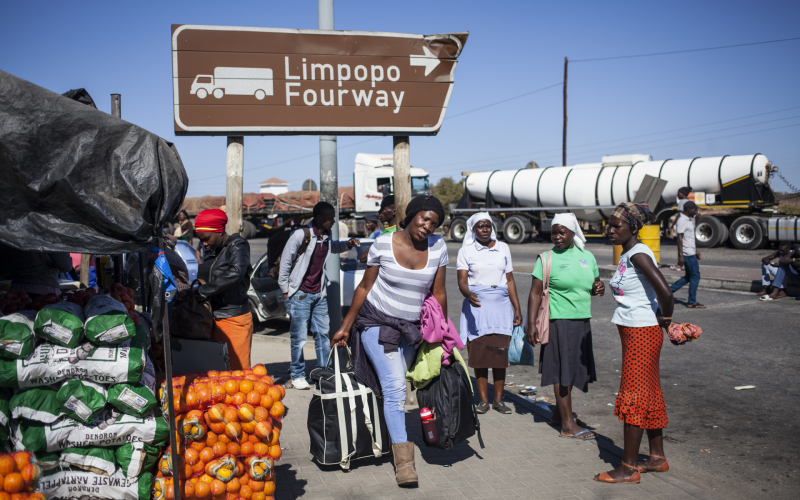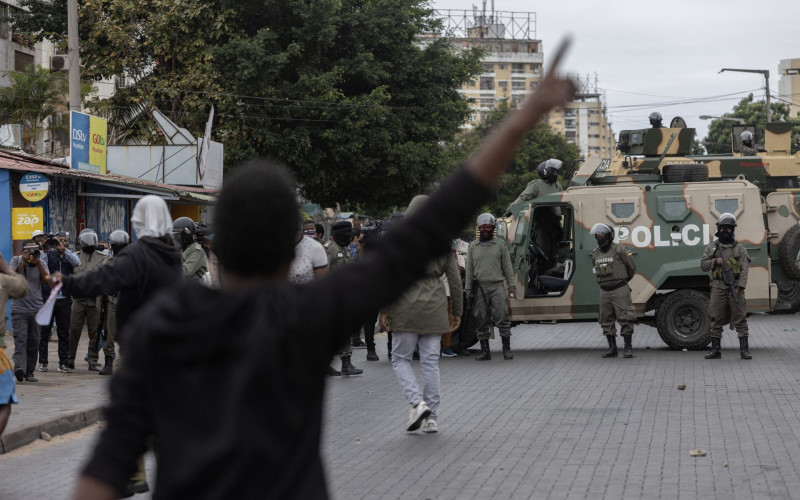In terms of both content and scope, this is unprecedented, as the studies provide a detailed description of the APRM process, relationships between key actors and perceptions of success, or the lack of it. A useful short summary precedes each study (the nine countries covered are Algeria, Benin, Burkina Faso, Ghana, Kenya, Mauritius, Nigeria, Rwanda and South Africa), briefly describing the process, along with its major successes and failures. Even more welcome is the introductory chapter by AfriMAP’s director Ozias Tungwarara, which identifies common challenges of the APRM process and provides an analysis of common trends. He states that the overall verdict on the APRM thus far has been mixed, which is related to the fact that in most countries where the review took place, the process was driven and dominated by government. Tungwarara suggests that, “the research, report compilation, and implementation of the NPoA needs to be participatory so that it engenders a sense of ownership that is a vital principle of the APRM.”
Currently, the APRM seems to be only as open and free as the participating governments allow it to be, which has already resulted in major differences between how different countries handled the review process. The most common criticism of the APRM that emanates from these case studies is that the process was too tightly controlled by the government, particularly in Rwanda and South Africa. The chapter on South Africa shows that governments often perceived as ‘more’ democratic than others in Africa do not always succeed in conducting free and open APRM reviews. Mauritius – the only African state to be ranked as a “full democracy” in the Economists’ 2007 Index of Democracy – similarly did not live up to expectations in the handling of its review process. According to AfriMAP, Ghana and Benin seem to have emerged as champions of the process thus far. Ghana’s model delivered “the absence of political manipulation,” while Benin made a “genuine effort to maximise citizen participation in the self-assessment.”
The APRM was designed as a participatory national diagnosis-and-solutions exercise, to be owned by a variety of actors – civil society, business, media and government, to name a few. When the process is dominated by the government, one of the biggest benefits of the APRM – creation of a meaningful national dialogue between different actors – is often lost, as civil society starts criticising the government, which in turn becomes defensive and tightens its grip on the process even further. According to Tungwarara, “the quality of the dialogue and nature of participation by broader segments of the populace depend on the independence of the process; which in turn depends on the institutional arrangements that governments put in place, as well as the extent to which governments are willing to exert less control and influence over the process” and he says that the APRM process in some countries “gave the impression that government was more concerned about going through the motions of a review without facilitating adequate and genuine public participation.” The latter statement epitomises one of the problems inherent in the APRM’s design – the ability of governments to manipulate the process. However, in spite of these shortcomings, it is significant that “even in countries with less of a tradition of open public debate – notably Rwanda and Algeria – a space for discussion was opened by the APRM that would not otherwise have been there,” which shows that even when the government attempts to control the process, it cannot do so in a totalitarian manner.
While highly informative and well-researched, these studies tend to work better on their own than as a part of a book, since they become highly technical discussions. Although presenting a detailed description of the process is crucial for insight into how things actually worked, this information is probably more digestible in bite-sized papers of 20-30 page papers, to be read one at a time.
The case studies also appear not to have been updated, edited or re-written for the book, and as a result there are some technical inconsistencies in structure of chapters and the way they are presented, and some appear a little dated as the process has progressed.
In conclusion, this collection is a unique, interesting and useful set of APRM case studies. Due to the subject matter and the highly specialised nature of the subject, this book will most likely appeal to established APRM practitioners wanting to learn from the process in different countries, and academics, from whom it would be interesting to see how the ‘theory’ of the APRM process played out in ‘practice.’ In short, this is not an “APRM 101,” but rather advanced post-graduate material. Perhaps for the second edition, AfriMAP could update the case studies with analysis of how the countries’ respective National Programmes of Action (NPoAs) have been implemented, thus providing an overview of the next stage of the APRM process.
The exact details of the book are as follows: The African Peer Review Mechanism: A compilation of studies of the process in nine African countries, 2010, Open Society Foundations Publications: Johannesburg. ISBN: 978-1-920355-51-7







